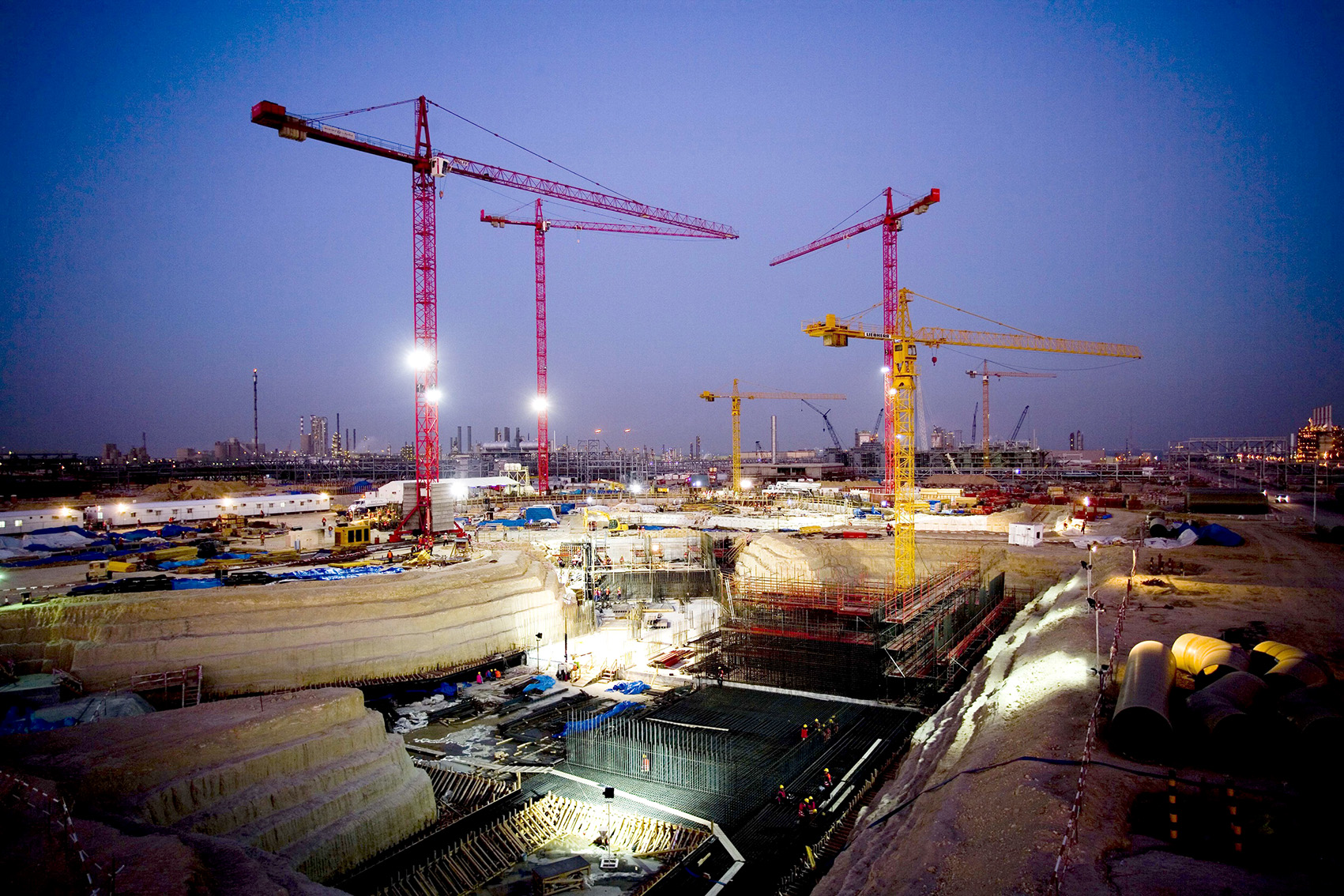Iran should invest oil revenue in infrastructures, a senior energy analyst said, strongly advising against using the multibillion dollar income to pay cash subsidies that are taking a heavy toll on the economy.
"We must understand that oil and gas are not a means of generating income. These resources are national wealth and belong to future generations," said Ali Shams Ardakani, the head of Energy Commission of Iran Chamber of Commerce, Industries, Mines and Agriculture, Shana reported.
Shams Ardakani challenged a long-established notion that Iranian citizens have to benefit from oil revenue in the form of cash payments, rather than having the money spent in infrastructural projects.
"This must be ingrained that oil revenues are not meant to go in people's pockets. These incomes are assets that should lead to boosting investments," he said.
Iran launched Subsidy Reform Plan under the tenure of former president Mahmoud Ahmadinejad in 2010. The plan cut subsidies on food and energy, and replaced it with monthly cash payments of 455,000 rials (around $13).
According to reports, around 74 million people are currently on the cash subsidy payroll. The monthly lump sum payment has forced the government to hold back much-needed investment in key economic sectors while new projects are struggling to get off the ground.
Shams Ardakani noted that selling oil to pay subsidies to all citizens is a mistake, because it stymies investment and spoils national wealth.
Subsidy Plight
Several government officials have openly criticized the subsidy plan.
Oil Minister Bijan Namdar Zanganeh has said his ministry "is buckling under the pressure of subsidy payments", adding that "little is left" for investment in the energy sector after state-run oil and gas projects provide for the lion's share of the monthly payment.
Iran pays close to $1 billion in cash payments each month.
Ahmad Tavakkoli, a former member of Parliament, has also blamed the Ahmadinejad administration for “violating the subsidy reform plan’s regulations” and “failing to properly implement” the plan.
According to Tavakkoli, the government had earned around $23 billion from the subsidy cuts by 2011—14 months after the plan was rolled out—but it had paid $36.7 billion in cash during the same period.
Official data show that Iran removed 3.2 million people from the cash subsidy list last year, though 800,000 people were rolled back into the program.
The parliament has passed legislation that requires the administration of President Hassan Rouhani to shorten the list by 24 million people in the current Iranian year that ends on March 20, 2017.
The government has deemed the plan as aggressive and says it can take 7 million people off the list by yearend in the best-case scenario.


